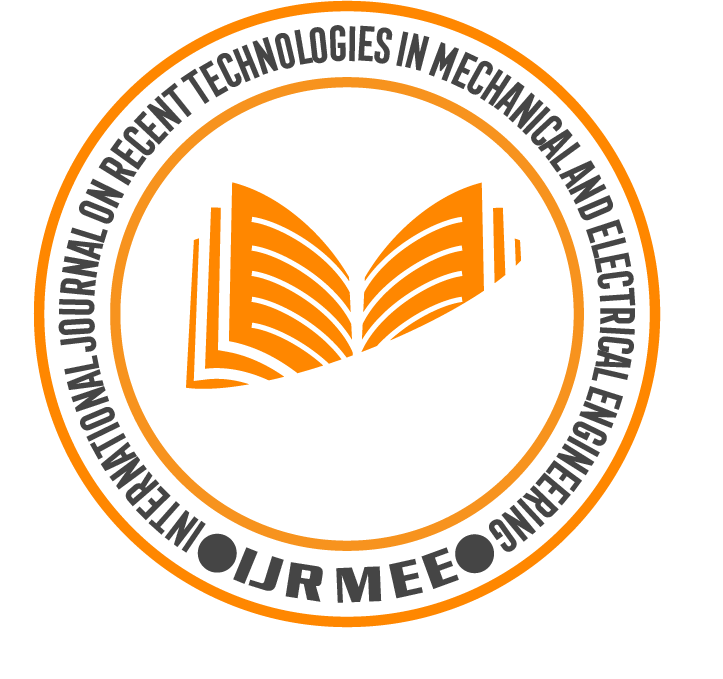Simulation of Real and Reactive Power Flow AssessmentWith Facts Devices Connected to Transmission Lines
Main Article Content
Abstract
The changeless objective in the field of electrical power networks is to discover better approaches for transmission and distribution of power as far as minimum cost and reliablity.Due to explosive growths in the power demand, deregulation and distributed generation facilities, these systems are possible to be exposed to stability problems ever than before. The interline power flow controller (IPFC and UPFC) is one of the most recent age flexible AC transmission system (FACTS) controller used to control power flow of multi transmission lines.The fundamental control for the IPFC is with the end goal that the series converter of the UPFC controls the transmission line real/reactive power flow and the shunt converter of the (IPFC and UPFC) controls the bus voltage/shunt reactive power and the DC connect capacitor voltage. On account of the basic connection, any inverter inside the (IPFC and UPFC) can transfer real power to some other and accordingly encourage real power move among the lines of the transmission system.Since each inverter can give reactive compensation, the (IPFC and UPFC) can do a overall real/reactive power compensation of the whole transmission system. This ability makes it conceivable to even out both real/reactive power stream between the lines, move power from over-burden to under stacked lines, compensate against reactive voltage drops and comparing reactive line power and to expand the viability of the compensating system against system transients. In addition,a simulation model was brought and applied to two transmission line (11KV/6.6KV) and compare their results without UPFC and IPFC, with UPFCand IPFC ( thyristor model) and UPFC and IPFC (IGBT and MOSFET).
